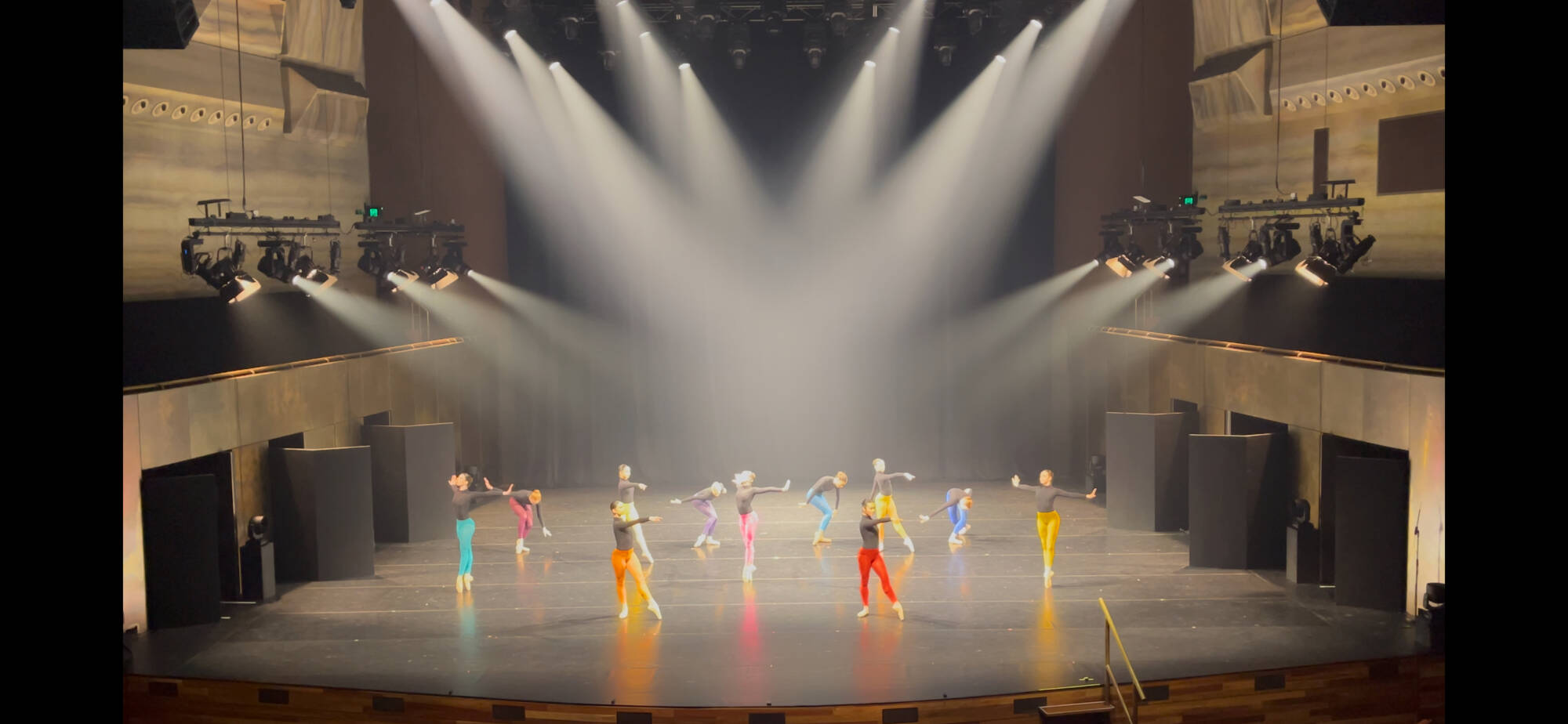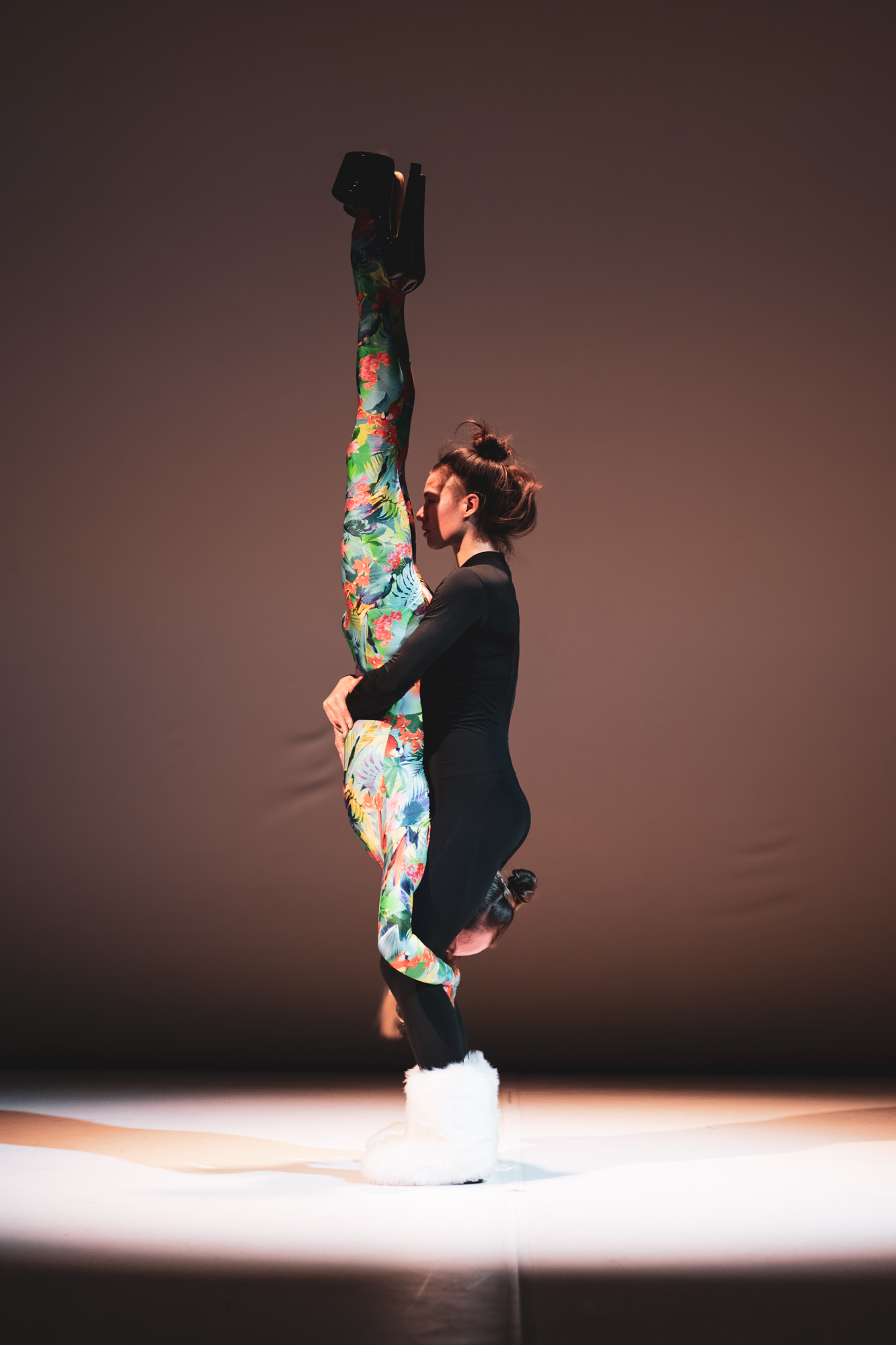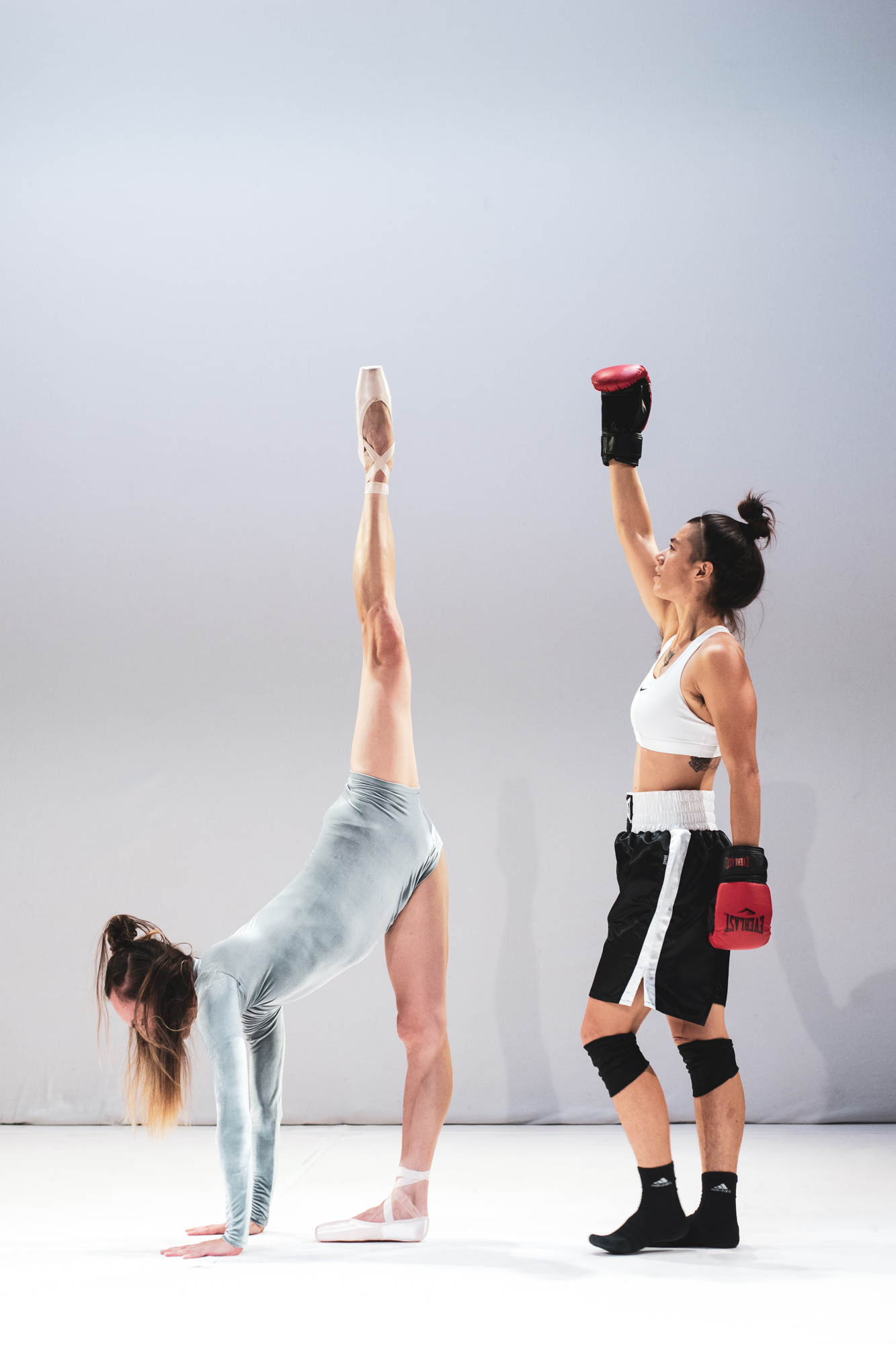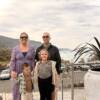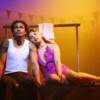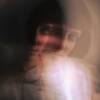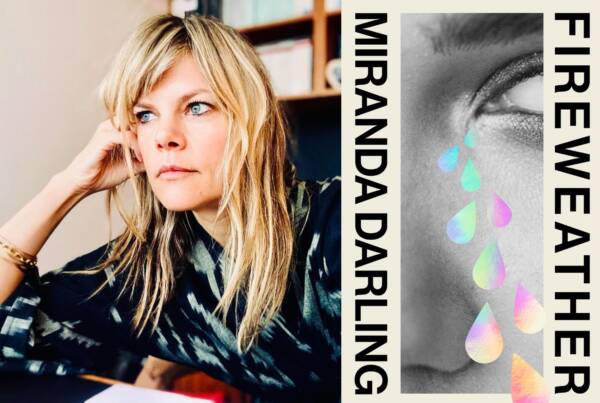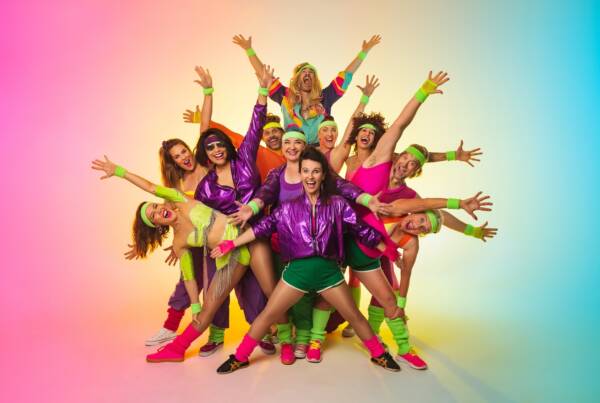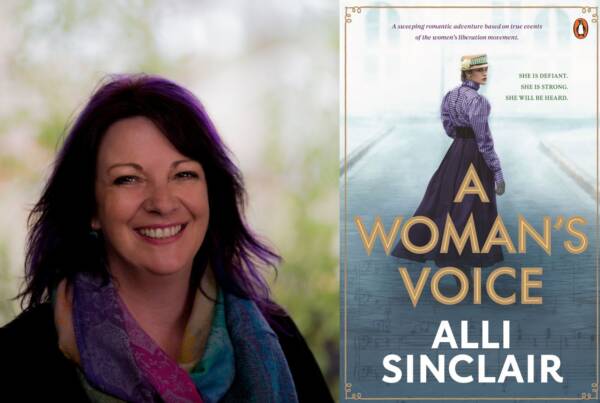Interview of Prue Lang by Leila Lois // photographs by Pippa Samaya
Prue Lang, internationally acclaimed Australian dancer and choreographer, has travelled far and wide for her art form, dancing with elite companies around the world. In recent years, she has relocated back to her hometown, Melbourne and continues to create groundbreaking work. Lang sat down with Leila Lois to discuss her creative process, the evolution of her love for contemporary dance, and her vision for the future of empathy in art.
Thank you for making time for this conversation, Prue. You’ve had an extraordinary career so far, working with some of the world’s most innovative dance companies, from Centre du Danse in France, to William Forsythe’s Ballet Frankfurt and The Australian Dance Theatre, all the while growing your own choreographic practice. What initially drew you to choreography as your primary form of expression?
I think what drew me to choreography was the ability to communicate without words—to express complex ideas through the body. I was always fascinated by movement, even as a child. There’s something profound about the way dance exists simultaneously as both ephemeral and deeply physical. It has become a way for me to reconnect with environmental diversity in my practice, as I have lived and experienced the world in several different places. My practice is based on expanding physical diversity and new ways beyond our own body and membrane. A massive inspiration for my choreographic practice is understanding multiple ways of being. Choreography became my language for investigating these philosophical questions while creating experiences that resonate emotionally with audiences.
Your work often explores the relationship between technology and the human body. How do you approach this intersection in your creative practice?
In my most recent work, POESIS, I was inspired by the notion of umwelt– the unique sensory world of an organism or animal and how they experience it- we’ve been looking at animals through human perception over generations, as opposed to how they understand the world. I see technology not as something separate from humanity but as an extension of human creativity. For example, when looking at the octopus, they have no bone, neurones based in their arms, suction pads which taste and feel, they camouflage with colour and texture and can recognise and perform complex motions with different parts of the body. I wanted to expand my dancers’ proprioception – looking at how else we can move- which speaks to understanding, knowing and also empathy.
In my practice, I’m interested in how digital tools can enhance rather than replace the physical intelligence of dancers. For example, in my piece in 2010 “Timeproject,” we used ‘energy-harvesting technologies’ (Sneakers that captured energy in a tiny battery in the shoe).
The body itself is a kind of technology—the original technology, if you will—with its own complex systems and intelligence. When I bring technology or research into my work, I’m looking for that friction point where the organic and the digital create something neither could achieve alone…it’s about creating a dialogue between different forms of knowledge.
Tell us more about POESIS, which premiered last month at Melbourne’s Dancehouse, how did it unfold?
I worked closely with the dancers, all highly skilled and at the peak of physical intelligence through proprioception. We expanded our proprioception into other animals’ umwelts. There’s a section where I use boxing gloves to investigate a slow physicality with the other dancer in pointe shoes, another modulated way of experiencing dance and the world, without the ultimate freedom of the hand or the foot. We used extreme heels (one of the dancers was skilled in burlesque and drag and snow boots – which are antithetical as they are soft and fluffy- translating and augmenting textures in the body. POESIS in ancient Greek means to create something new, and I hoped this to be a compelling and engaging work, exploring new ways that plural bodies can work through umwelt, embracing the idea of difference and how we might relate to each other’s differences with curiosity rather than hostility. I’m interested in empowering the dancing body – in dance history there has been a lot of body fascism – I’m interested in virtuosity however it forms. That means ways of seeing things and ways of sensing encompassing neurodiversity and finding people’s super sensory powers.
You spent several years working with William Forsythe’s Ballet Frankfurt. How did that experience shape your approach to movement?
Working with Forsythe was transformative. What I value most from that time was learning to question everything—to never accept inherited conventions without examining them. Bill has this remarkable ability to deconstruct classical forms while honoring their complexity. He taught me that innovation doesn’t mean rejecting tradition but rather understanding it deeply enough to transform it.
The rigorous analytical approach we developed there has definitely influenced my work, though I’ve taken it in my own direction. I became fascinated with systems of movement that aren’t hierarchical—where there isn’t a single “correct” way to move but rather a field of possibilities. This democratic approach to movement continues to inform how I work with dancers, treating them as co-creators rather than just interpreters.
Your recent works have explored ecological themes. Can you talk about how environmental concerns manifest in your choreography?
The ecological crisis is fundamentally about relationships—how we relate to other species, to resources, to time itself. Dance is uniquely positioned to explore these relationships because it deals directly with bodies in space, with weight, effort, and cooperation.
In my recent work, I wanted to create movement systems that mirrored natural processes—patterns of growth, decay, and interdependence. The dancers work with principles derived from mycelial networks and ecosystems. We developed a score where no single dancer could succeed without attunement to the others, creating a kind of choreographic ecosystem.
I’m not interested in illustrating environmental issues literally on stage—that often becomes didactic. Instead, I want to create experiences that allow audiences to feel different ways of being in relationship with their surroundings, to temporarily inhabit different modes of attention and care. The body can understand things that the rational mind sometimes struggles with.
Many dancers speak about the challenge of documenting ephemeral art forms. How do you approach archiving your work?
This question of documentation is something I’ve grappled with throughout my career. Video never quite captures the lived experience of dance—the energy in the room, the subtle shifts of weight, the breath. And yet, without documentation, so much knowledge is lost.
I’ve come to see documentation not as an attempt to preserve the work intact but as a different manifestation of the creative process. I’ve always loved film and was deeply influenced by the Nouvelle Vague and European cinema while living in France and Germany. Feminist filmmakers like Agnes Varda, Tracey Emin and Judy Chicago have really inspired my practice and I see artforms as best when they are porous, when we as artists can explore between genres.
How do you begin a new work? Could you walk us through your creative process?
Each work begins differently, but there’s usually a question or problem that I find myself returning to obsessively. Sometimes it’s a quality of movement I’ve noticed in everyday life, sometimes it’s a more abstract concept I want to explore physically.
I start with research—reading widely, collecting images, having conversations with people from different disciplines. I need to saturate myself in the conceptual world of the piece before entering the studio. Then comes a period of physical investigation, usually working alone initially—improvising, filming myself, refining specific movement ideas.
When I bring dancers into the process, I share the conceptual framework but try not to prescribe outcomes. I give tasks or problems rather than specific movements. What interests me is how different bodies interpret the same instructions, finding solutions I couldn’t have imagined. There’s an alchemy that happens in the studio—the piece reveals itself gradually through this collective investigation.
The final stage involves structure and dramaturgy—finding the arc of the work, making decisions about duration, repetition, intensity. This is where my outside eye comes in, stepping back to consider how the audience will experience the journey of the piece.
Contemporary dance can sometimes feel inaccessible to audiences unfamiliar with its codes. How do you think about accessibility in your work?
I think about this question constantly. I have no interest in making work that speaks only to those already fluent in the language of contemporary dance. At the same time, I don’t want to underestimate audiences or simplify complex ideas.
For me, accessibility isn’t about making work easier to understand in a literal sense—it’s about creating multiple entry points. I think about layering meaning so that someone with no dance background can connect with the sensory experience, the emotional resonance, while someone with more context might also engage with the formal or historical references.
I’ve found that providing thoughtful context—whether through program notes, pre-show talks, or post-performance discussions—can make a huge difference. Not to explain the work away, but to offer tools for engagement. I also believe in the intelligence of the body—audiences can understand much more through their kinesthetic sense than we sometimes give them credit for.
What advice would you give to emerging choreographers finding their voice?
First, I’d say be patient with yourself. Finding your choreographic voice takes time and involves many detours. Don’t be afraid to make work that doesn’t quite succeed—those “failures” often contain the seeds of your most distinctive contributions.
Study widely, both within and beyond dance. Your unique perspective will come from the particular constellation of influences you bring together. Pay attention to what genuinely fascinates you, not what you think you should be interested in.
Develop rigorous practices that help you access your creativity consistently, rather than waiting for inspiration. For me, this includes daily movement practice, writing, and drawing—activities that keep me in conversation with my creative impulses.
Finally, build community. Choreography can be isolating, and we need trusted collaborators who can give honest feedback and support. Find the people who challenge you to be clearer and braver in your work, and nurture those relationships.
Looking ahead, what directions do you see dance moving in over the next decade?
I see several exciting trajectories emerging. There’s a growing interest in interdisciplinary collaboration—not just as a novelty but as a serious methodology for creating new forms. The boundaries between dance, visual art, music, and technology are becoming increasingly permeable.
I’m also encouraged by the current reckoning with whose bodies and perspectives have historically been centered in contemporary dance. We’re seeing more diverse aesthetic frameworks being valued and more pathways opening for artists from backgrounds previously marginalized in our field.
The pandemic forced us to reconsider what constitutes “liveness” and how dance exists in digital spaces. Rather than seeing this as a poor substitute for in-person performance, I think we’re developing sophisticated ways of creating work specifically for digital dissemination, with its own aesthetic possibilities.
And finally, I see a return to dance’s communal roots—work that actively engages communities, that exists outside traditional performance venues, that responds to urgent social questions. Not all significant dance happens on a proscenium stage with ticketed audiences, and I think we’ll continue to see the field expand in these more participatory directions.
Finally, what are you working on currently that excites you?
I’ll be exploring POESIS a little more, hoping to look towards remounting and touring the piece. At the same time, I’m creating a short work for The Australian Ballet school, which blends pointe work and techno music. I am loving how empowering it is for the young women in the ensemble, and how fierce their practice is becoming,

